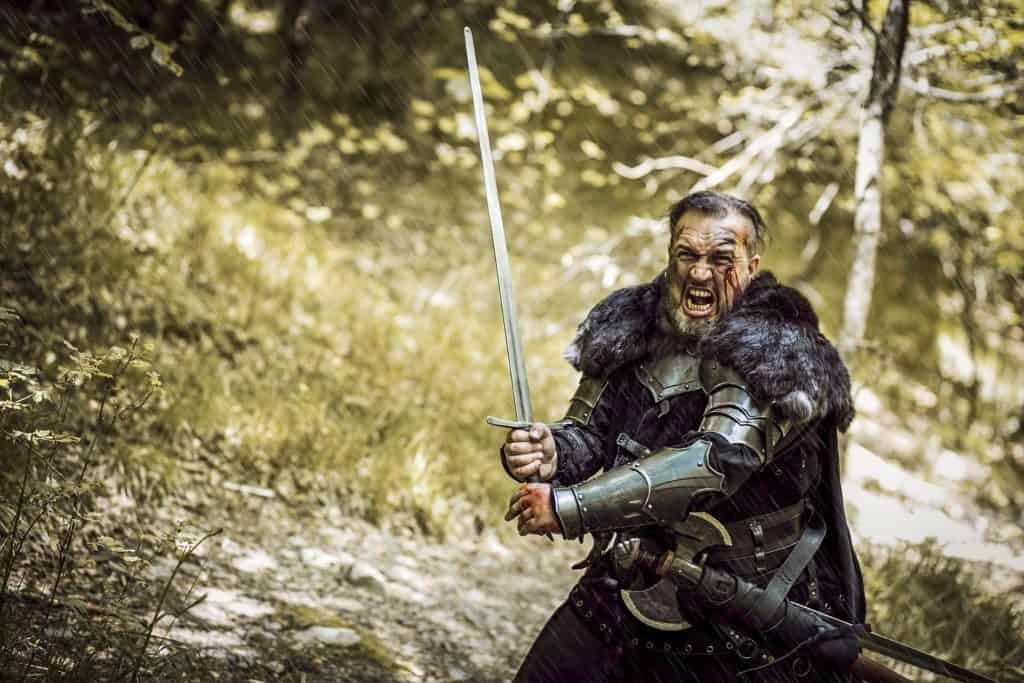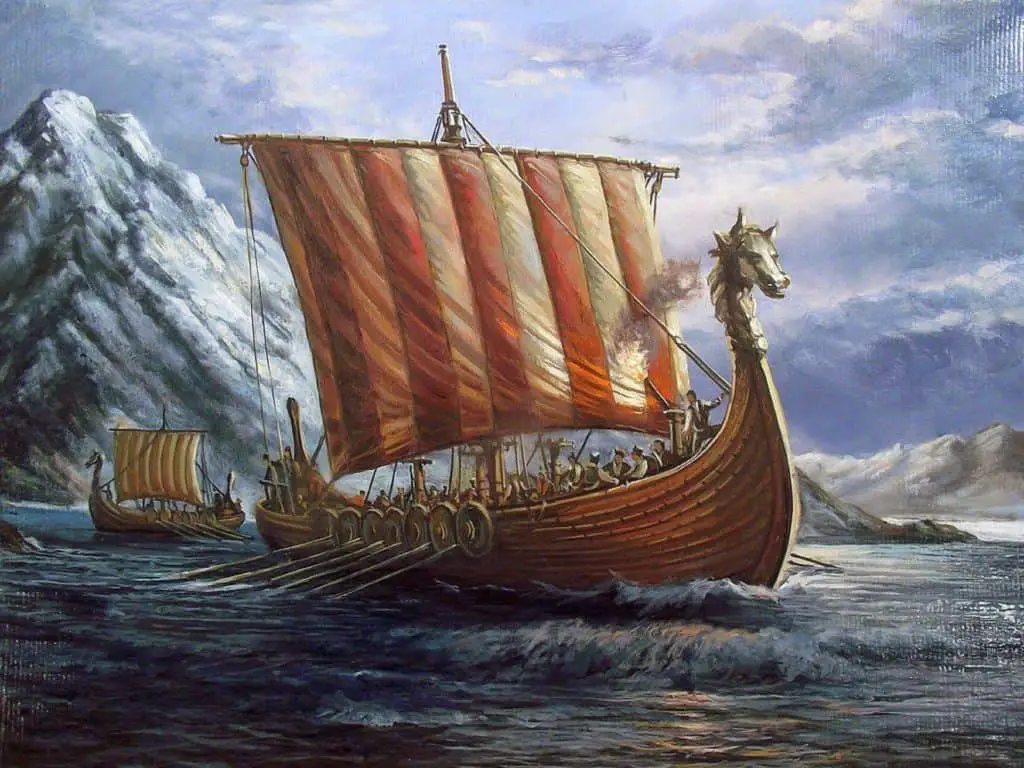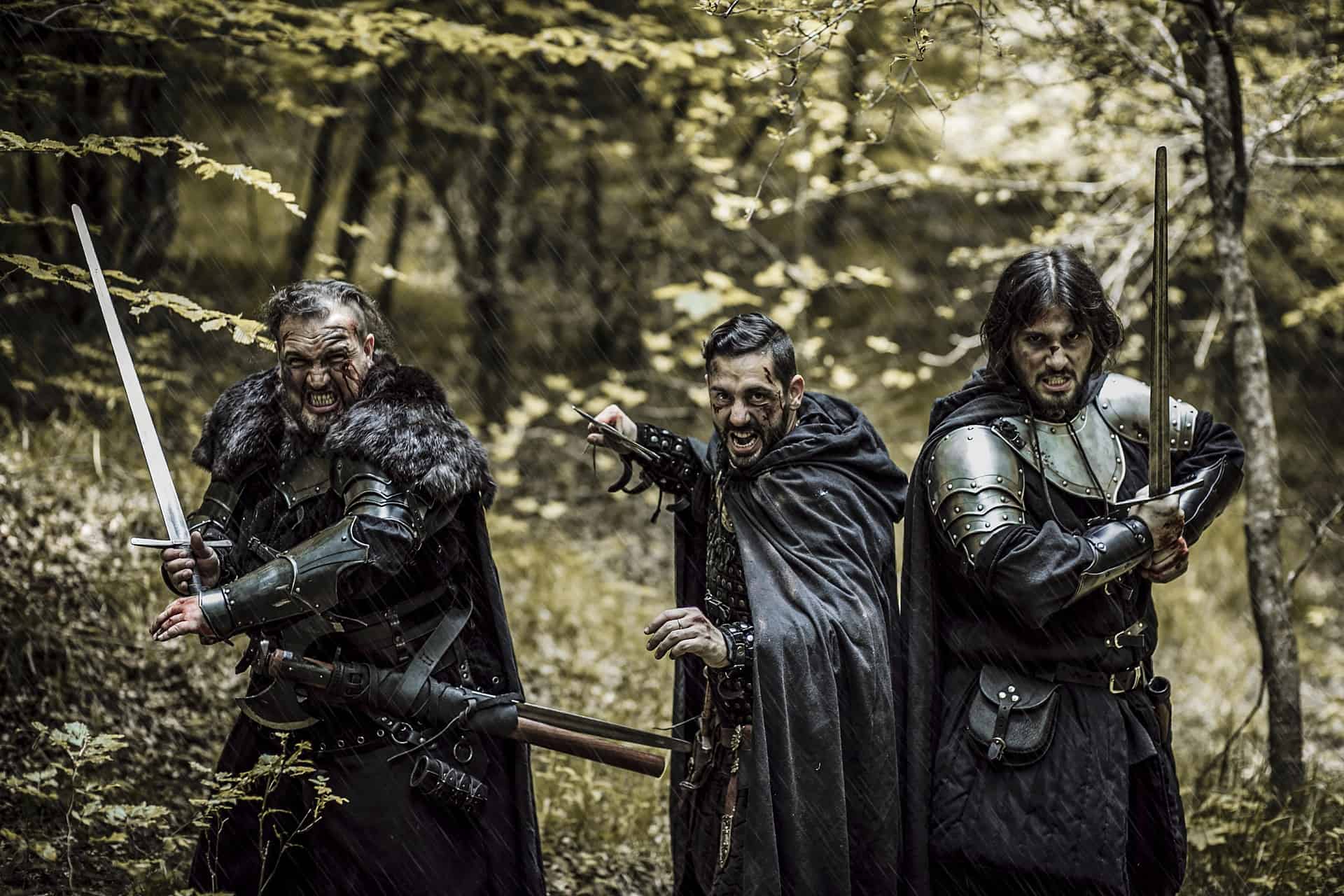Over 1000 years ago, Norsemen left their homes with the aim of pursuing reaches abroad. Therefore, Vikings refer to the name of seafaring individuals from Scandinavia who traded, settled, pirated, and raided different parts of Europe from the 8th to 11th centuries. T
he achievements of the Vikings included raiding as well as plundering. Apart from Sweden, Denmark, and Norway, they went to other parts of the world including North America, the Middle East, North Africa, and the Mediterranean and that period is called the Viking Age.
The Viking Age
Viking in Scandinavia is mainly linked to ‘vikingr’, meaning pirate. The Vikings mainly came from Sweden, Norway, and Denmark, and they mainly stayed in the rural areas. Viking refers to the time when the Scandinavia people went for Vikings during summer. The expeditions were carried out with the goal of enlisting as foreign mercenaries, raiding cities and monasteries, and trade.

The Viking age was from 793 to 1066 AD, during which the Vikings executed several raids. The Viking is believed to have commenced in Denmark as it has the oldest commercial town. During that period, the Vikings would go to even Baghdad in the east, and they left a great mark among the different cultures that they interacted with. Initially, the Norsemen would raid and return home. However, after a certain period, they opted to create their settlements.
Viking History Timeline
The viking age can be better understood by subdividing the entire period into specific significant times. Lets dive directly into the extensive and complicated viking age period with specific times.
From 540 to 790
The period that provided the cultural and economic foundations of the Viking Age was from 540 to 790. In 740, there was a battle between the King of Sweden Sigurd Hring and King of Denmark, Harald Wartooth. Besides, in 750, there was a burial of a double ship in Salme, Estonia, and the first Viking attack in England was recorded in 789.
From 791 to 900
The most famous raid was conducted in 793 in the North East England, Lindisfarne. In Ireland, the Viking attack was recorded in 795, while the Oseburg ship was buried in 830. The Viking ship was discovered around Tonsberg. In 844 Viking raid on Seville revolted, whilst in 860, Rus Vikings attacked Constantinople. Not to forget, it was in 840 that the Norse settlers discovered Dublin.
The Vikings tried their best to conquer the places that they visited, and in 866, they established a Kingdom in York. Even after establishing the kingdom, it was in 871 that Alfred became the king of Wessex, while Harald Fairhair gained Norway control in 872. Also, there were important happenings from 874 to 879, including Ingolfur Arnarson claiming the land that turned to be Reykjavik city; Gathrum broke his agreement with Alfred, the Anglo-Saxon army defeated and rallied Vikings at Edington Battle, and Kyiv turned to be Rus Domains centre.
From 901 to 1000
The raids that the Vikings conducted were not enough making them go ahead and raid the Mediterranean coast. Also, in 911, Rollo, the Viking chief, was given land by Franks, and in 941, the Rus Vikings attacked Istanbul (Constantinople). 981 was another important year for the Vikings because it was when Erik the Red discovered Greenland, and he is among the famous Vikings.
The first Viking ship sailed to North America in 986 after the discovery of Greenland. While the Vikings continued to conquer North American, Æthelred paid the first ransom in 991 in ceasing Danish attacks in England. The kings continued to conquer, and in 995, Olof Skotkonung turned to be the first king to rule the Geats and Swedes.
The Vikings were not Christians. However, in 995, Olav I Tryggvason conquered Norway, making it be the first Christian Kingdom. Christianity evolved, and in 1000 Iceland converted to Christianity even though Scandinavians continued to worship the old gods in private. The same year Olav I died in a battle, making Norway to be ruled by the Danes while the son of Erik the Red, Leif Erikson, explored the coastal part of North America.
From 1000 Onwards
In 1002, Brian Boru became the king of Ireland after battling the Norse and defeating him. Thorfinn Karlsefni tried to get a settlement in North America, although the Vikings abandoned the Vinland in 1015. In 1016 the Danes ruled England under Knut as Olav II regained Norway, which was initially their territory from the Danes.
The Danes supported Edward Confessor while he was ruling England in 1042. In 1046, Harald Hardrada became a Norway king jointly with Magnus and Oslo city was founded in 1050. There is also a museum located in the city, and more information about it can be found at Viking Ship Museum.
As is always said, all that begins, must have an end hence 1066 marked the end of the Viking age in which Harold Godwinson defeated Harald Hardrada in the Stamford Bridge battle. Another important event in 1066 was when Normandy William duke defeated Saxon King Harold in the Hastings battle.
The Viking Ship
The Viking ship formed an essential part of the Viking culture. The ships had unique and extraordinary shapes characterized by symmetrical ends, flexible and slender boats. Besides, they were light and seaworthy as the constructors used clinker in construction. The Viking ships were used as war and trade vessels.

Most of the Vikings earned their livelihood by fishing in the coastal region. With the advancement in technology in the 7th as well as 8th centuries, the boats that were utilized by the Vikings were mainly powered with sails instead of oars.
Amazing facts about the Vikings
The days of the week are named after the Viking Kings. For instance, Friday and Tuesday are named after Frigg and Tyr, who were the goddess of marriage and god of war, respectively. Thor is believed to be the god of strength, and thunder symbolizes Thursday.
The Vikings did not put on helmets. Putting on the helmets might have made them be referred to as pagans. Apart from this, they had good hygiene. The reason is that some of the grooming tools have been found by archaeologists.
Apart from being active in trade, the Vikings buried the dead in the boats. The love they had for the boats did it an honour `to be buried in one. Besides, they believed that the vessels that served them well while they were alive would enable them to reach their destinations.
